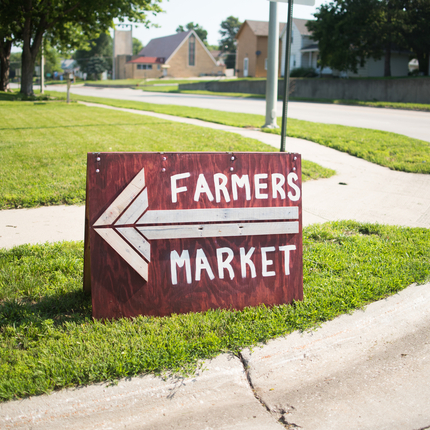There’s a certain charm and nostalgia related to farmers markets in rural communities. The tradition of farmers, gardeners, artisans, and bakers bringing their wares to town to sell at the market has been around for hundreds, if not thousands, of years.
From Aug. 6 to 12, communities across the country will come together to celebrate National Farmers Market Week, highlighting the role these venues play in supporting healthy communities, growing local food systems, and stimulating rural economies.
Always focused on selling fresh produce, meats, and baked goods, vendors have expanded to include food trucks, children's activities, student-led businesses, artists, and musicians. Some markets also serve as sites for summer food service programs for youths and seniors, pickup sites for farm businesses, and a space for young farmers and entrepreneurs to gain experience.
Federal programs have also allowed more people to access and sell products at farmers markets. Acceptance of the Supplemental Nutrition Assistance Program benefits have increased and led to the offering of Double Up Food Bucks to reward customers for buying local produce. Additionally, the Value-Added Producer Grants program has contributed to the development of new products. Rural communities have also overcome barriers to visiting the markets by increasing advertising and addressing language accessibility.
With the help of the Farmers Market and Local Food Promotion Program, resources and training have been developed to assist communities with starting their own farmers markets. In Nebraska, for example, organizations worked cooperatively to develop the Farmers Market Manager Handbook, a toolkit offering inspiration and insight from markets across the state. The handbook and other resources can be found at cfra.org/farmersmarkets.
With more customers choosing to purchase their food locally, farmers markets will continue to play a vital role in our food system. Keeping those dollars local and nourishing the community is a win-win-win for rural markets, vendors, and customers.





